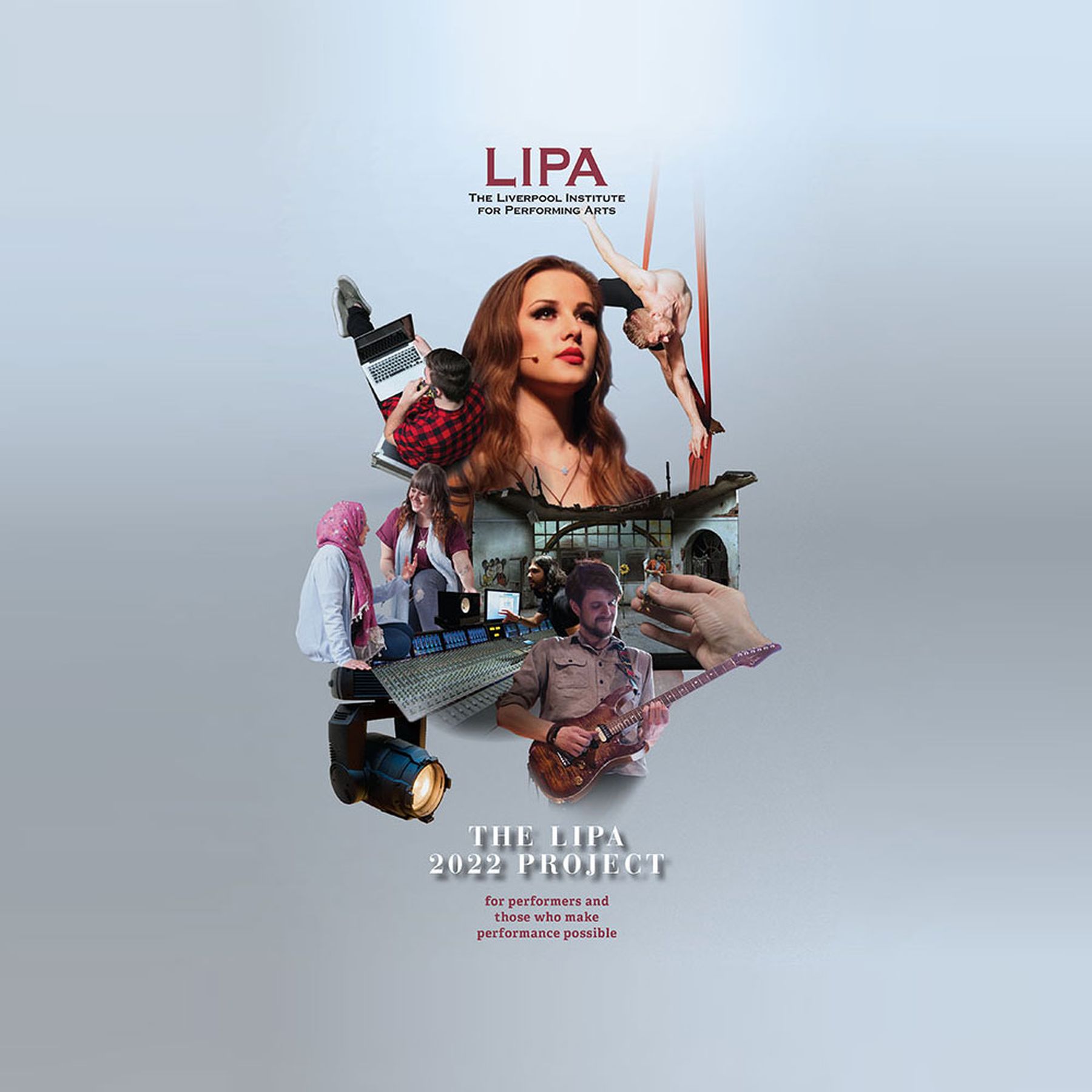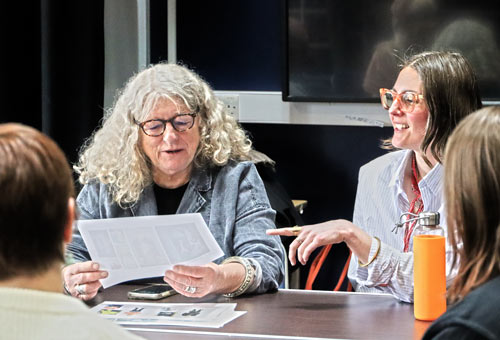The project grant is from HEFCE’s Catalyst Fund, which supports a range of student and HE sector priorities, including innovation in higher education, efficiency and effectiveness, skills and employability, and student interest issues.
As a result of the project grant, LIPA will be able to introduce a new and innovative degree course that will allow students to be part of the growth of immersive events that fuse digital and live performances and a complementary set of new postgraduate courses.
The project grant will help fund the creation of new facilities for film, TV, virtual reality, green screen work and motion capture, alongside the development of a bespoke virtual learning and performance space, enabling students to access, record and publish digital material.
HEFCE’s investment will enable both students and LIPA’s industry partners to benefit from new skills developments and enhancements in teaching and learning. This will support students in particular to prepare for the changing demands of a career in the creative industries.
The project will also allow further redevelopment of the LIPA buildings, transforming its current connecting area into an informal performance space and utilising linked areas as digital learning pods.
“Although we spent a lot of money altering the historic Liverpool School of Art to meet curriculum needs, our aspirations have grown”, says Mark Featherstone-Witty (Founding Principal & CEO). “On top of that, teaching immersive technology (alongside new Masters courses) meant another lot of money. This grant means we can now undertake the next phase of our development.”
Yvonne Hawkins, HEFCE’s Director for Universities and Colleges said: “This project funding will bring significant benefits for students at LIPA and for its industry partners, helping to build important new skills and enhance employability.
“It will help LIPA build upon its strengths in teaching and learning and develop its current relationships with employers in the creative industries, with long-term benefits for both students and employers.”
As a result of the project grant, LIPA will be able to introduce a new and innovative degree course that will allow students to be part of the growth of immersive events that fuse digital and live performances and a complementary set of new postgraduate courses.
The project grant will help fund the creation of new facilities for film, TV, virtual reality, green screen work and motion capture, alongside the development of a bespoke virtual learning and performance space, enabling students to access, record and publish digital material.
HEFCE’s investment will enable both students and LIPA’s industry partners to benefit from new skills developments and enhancements in teaching and learning. This will support students in particular to prepare for the changing demands of a career in the creative industries.
The project will also allow further redevelopment of the LIPA buildings, transforming its current connecting area into an informal performance space and utilising linked areas as digital learning pods.
“Although we spent a lot of money altering the historic Liverpool School of Art to meet curriculum needs, our aspirations have grown”, says Mark Featherstone-Witty (Founding Principal & CEO). “On top of that, teaching immersive technology (alongside new Masters courses) meant another lot of money. This grant means we can now undertake the next phase of our development.”
Yvonne Hawkins, HEFCE’s Director for Universities and Colleges said: “This project funding will bring significant benefits for students at LIPA and for its industry partners, helping to build important new skills and enhance employability.
“It will help LIPA build upon its strengths in teaching and learning and develop its current relationships with employers in the creative industries, with long-term benefits for both students and employers.”




